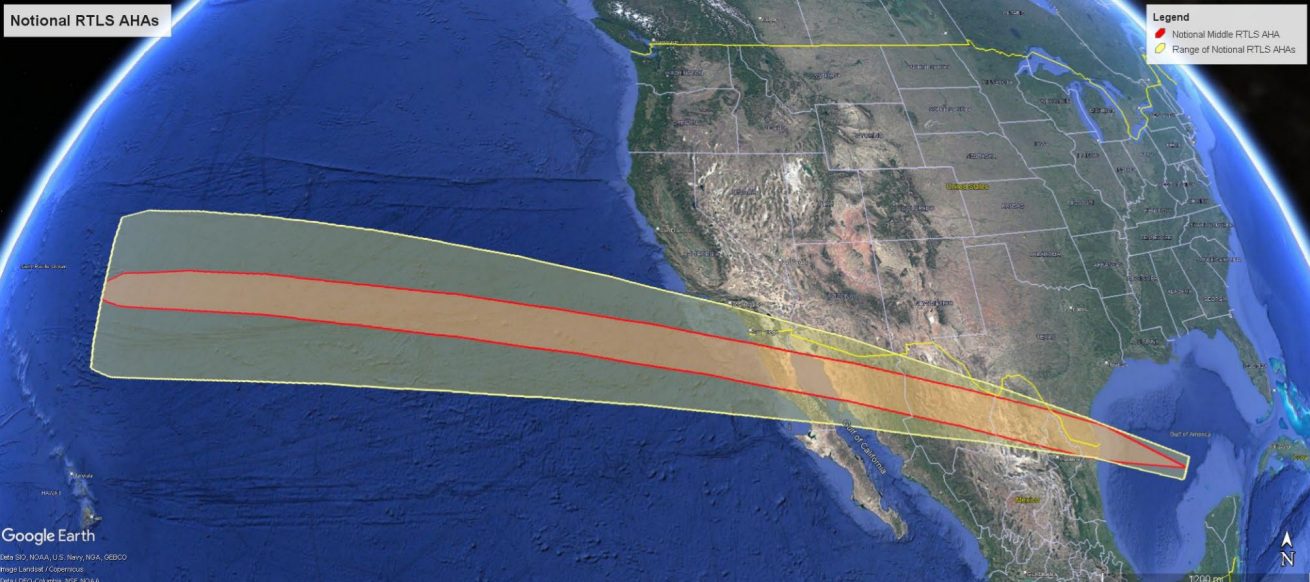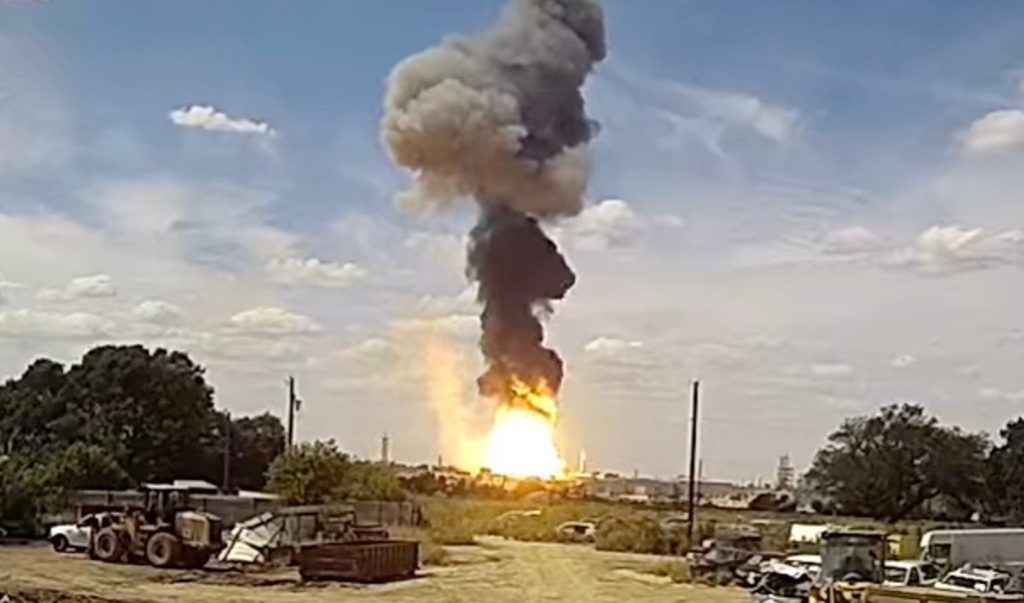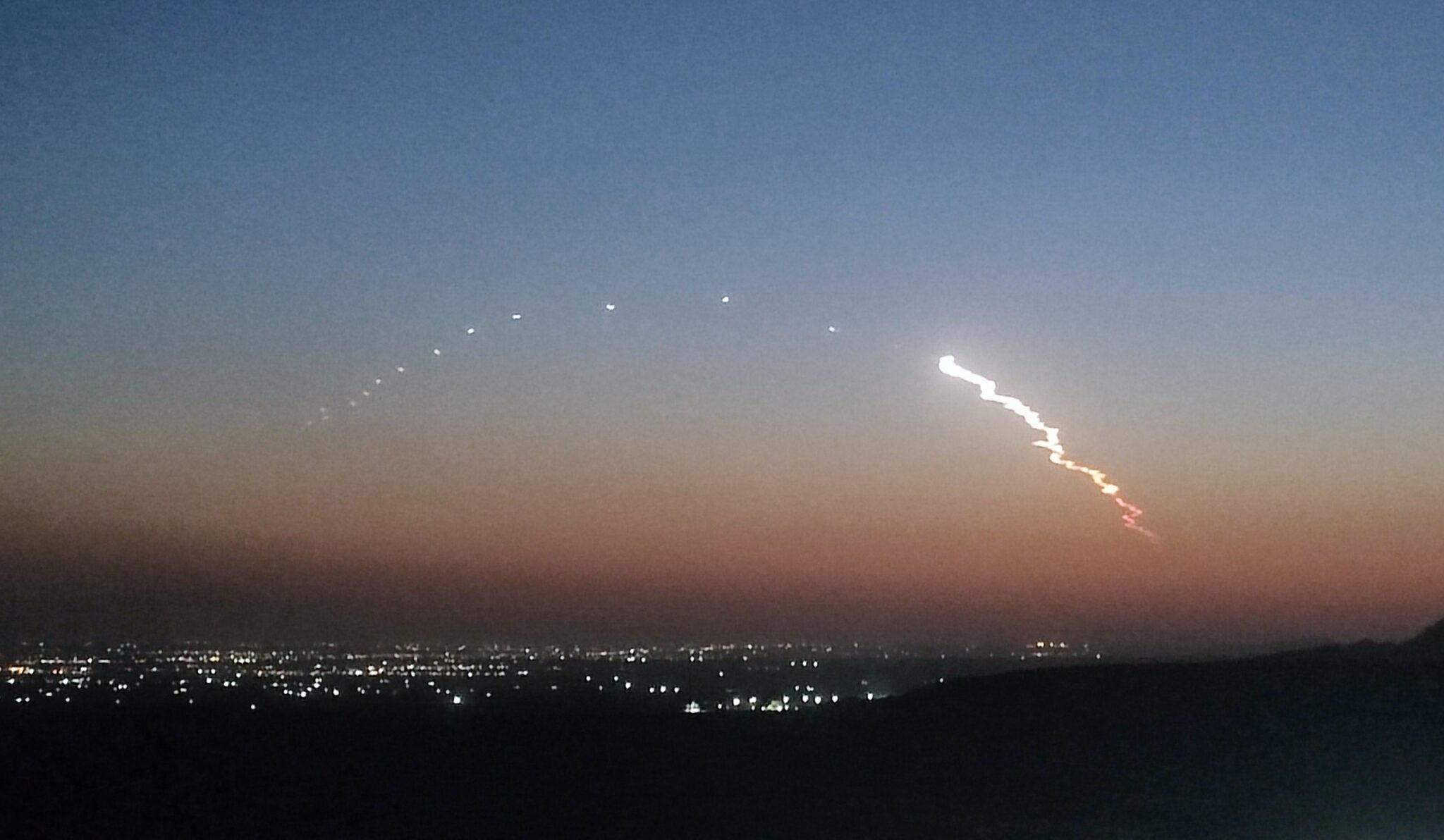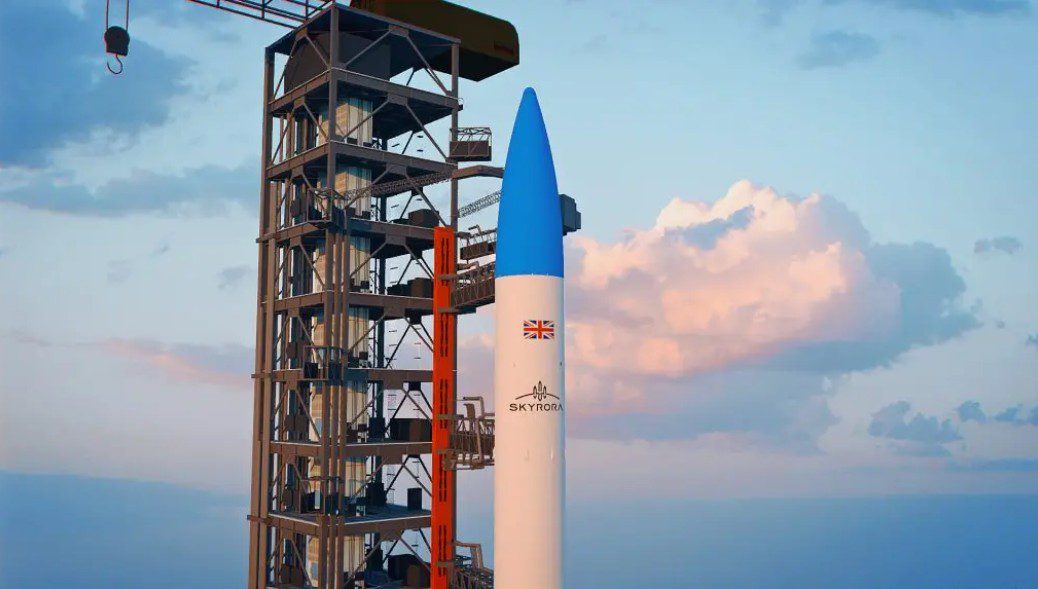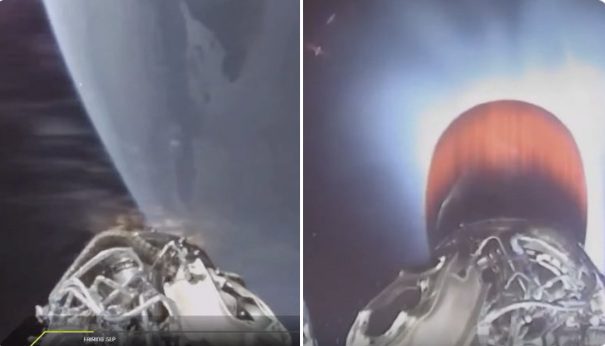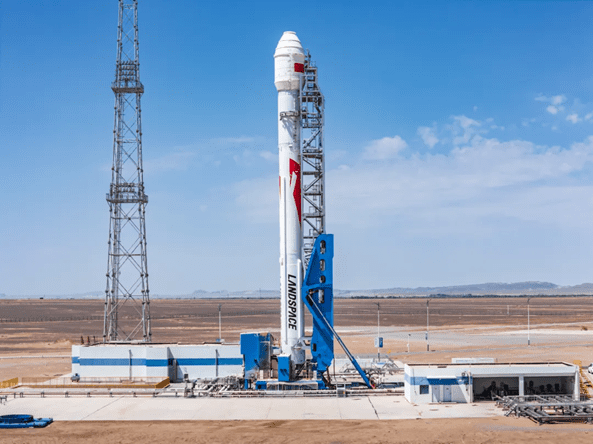In a return to flight following a February launch failure, an Astra Space Rocket 3.3 (Astra Rocket 3.3) on flight LV0009 was launched from the Pacific Space Complex in Kodiak Island, Alaska, at 1622 GMT on 15 March. As part of its contracted mission “Astra 1” for the launch broker Spaceflight, aboard the launch vehicle was at least one cubesat along with one attached payload on the upper stage. Just before the launch Spaceflight had announced on 14 March, that it had signed a multi-launch deal with Astra Space. The launch flew on a Southerly track taking he payloads to a near-polar 525 km sun-synchronous orbit at 97.5 degrees to the equator.
The manifest of LV0009/Astra 1 launch has not been fully published. However, it is understood that Oresat-0, a prototype cubesat testing out technologies for a new cubesat bus built by Portland State University, was aboard. Also confirmed was the S4 Crossover mission which is a payload actually attached to the final (second) stage of the Astra Rocket 3.3. It is designed to test the space environment for potential future payload deployment system by NearSpace Launch (NSL).
Update and Correction on 11 April 2022: It has been confirmed that there was no mystery third cubesat, but were 20 SpaceBEE sub-cubesats on the launch of which 16 have now been identified.
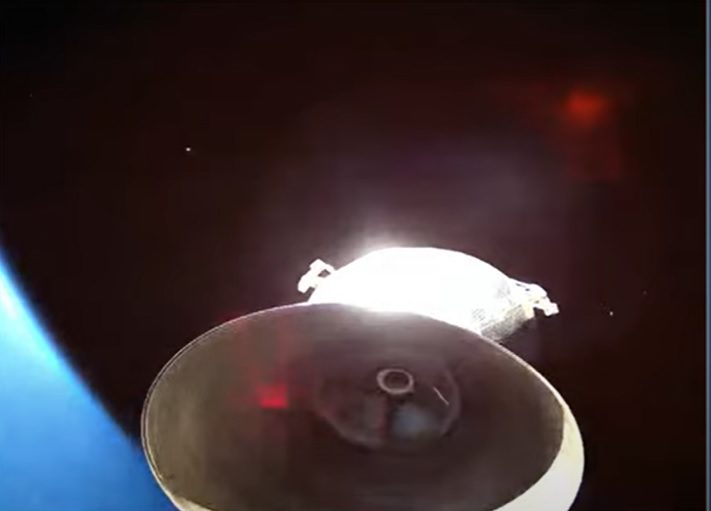
View of the Astra Rocket 3.3 upper stage’s rocket nozzle just after separation from first stage. Courtesy: Astra Space/NASASpaceflight.com
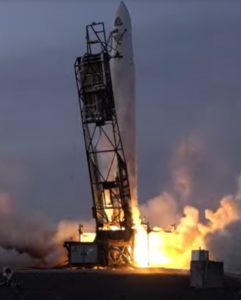
Astra Rocket 3.3 ignition just before lift-off on its LV0009 flight. Courtesy: Astra Space/NASASpaceflight.com
The launch was successful, albeit that there was a wait for a confirmation of success as the satellites were out of ground station range for a time.
The flight marks a successful return to operations after a failure in February lost four satellites due to a wiring fault issue which prevented the on-time release of the fairing before ignition of the upper stage. This destabilised the stage and this, and another software-related fault which prevented recovery from this destabilisation, led to the loss of the launch.



